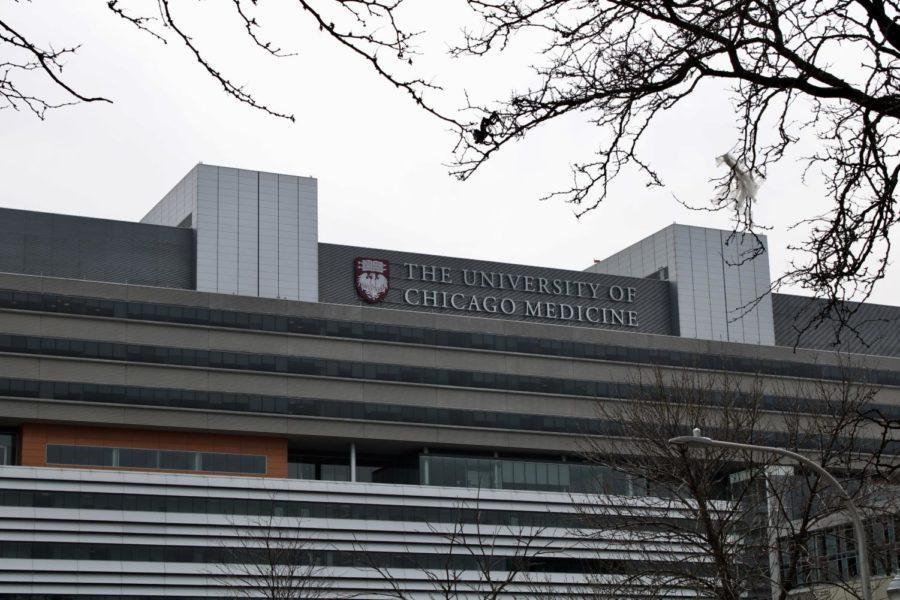University of Chicago Medicine enrolled 126 Hyde-Park participants as one site of the University of Illinois at Chicago’s Moderna larger trial, which began in late August. The University of Chicago Medicine will be responsible for managing the care and data of those 126 participants and was responsible for recruiting them as well. In an effort to recruit a diverse trial group, the University recruited from its own registry, the COVID-19 Prevention Network registry, and the National Institutes of Health registry.
Moderna, a biotechnology company based in Cambridge, MA, dedicated entirely to developing mRNA-based drugs, has been running stage three clinical trials of a SARS-CoV-2 vaccine since July 27th. Moderna’s trials involve 30,000 participants from across the country and are part of Operation Warp Speed, the U.S. government effort to develop a vaccine to prevent COVID-19 as fast as possible and produce 300 million doses by January.
COVID-19 has disproportionately affected disadvantaged communities, including the South Side of Chicago, underscoring the need for diversity among vaccine trial participants. In a study of around 600,000 United States COVID-19 cases, it was found that Black Americans constituted 22% of all surveyed COVID-19 cases despite making up only 13% of the population. Similarly, 33% of the surveyed COVID-19 cases were found among the Latino population, disproportionate to their 18% share of the American population.
In an interview with The Maroon, Dr. David Pitrak, Chief of Infectious Diseases and Global Health at UChicago Medicine, described the University trial’s effort to assemble a participant cohort with adequate representation of populations most at-risk. In an effort to increase the diversity of the overall trial pool, Moderna mandated that none of its over three-hundred-plus trial sites admit any new caucasian participants for fourteen days. Two weeks out of the Hyde Park trial’s five-week enrollment period overlapped with Moderna’s initiative.
According to Pitrak, the early enrollees of the University trial were predominately white and around ⅓ were healthcare workers. By the end of the enrollment period, the University’s trial was roughly reflective of the population hospitalized at the University medical center by COVID-19 over the past months. Proportions of Black and Latino enrollees at most of Moderna’s other sites across the country are reportedly around 20%, combined.
The trial has seen almost total retention of participants. Distribution of the first dose of the two-dose vaccine went without incident. Distribution of the second dose is ongoing, with only a small number left to be administered. The trial will run over a period of twenty-five months, from August 2020 to September 2022, to measure the long-term efficacy of the vaccine and any possible health complications. Moderna was initially aiming for 60% efficacy or above and reported early data showing 94.5% efficacy after over 151 of the total 30,000 participants contracted COVID-19. The FDA has set a minimum bar of 50% efficacy for vaccine approval.
If Moderna’s vaccine is approved for emergency use in the United States, Pitrak says that early doses will likely be limited by manufacturing and first priority will be given to the most vulnerable populations—such as healthcare workers, people over the age of 65, and minorities









